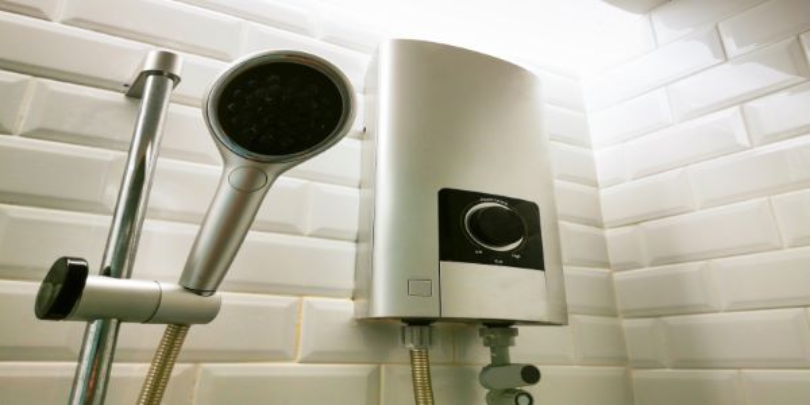
When shopping for a tankless water heater, the most important part of choosing a new unit for your home is determining what size you need. If your new heater is too small, it won’t make enough hot water when you want it. But if it’s too big, the water heater can end up costing you more money than it should. To find the correct size, knowing the local groundwater temperatures is particularly important when buying a tankless water heater in Canada. However, you may have already encountered a problem when you tried to find information on the subject—most of the articles out there give temperature data in Fahrenheit rather than Celsius! Check out the information below to help you learn about groundwater temperatures, how to calculate required temperature rises, and find out everything you’ll need to select the correct size for your new tankless water heater—and all with the appropriate measurements.
Canada’s Groundwater Temperatures
As mentioned, one of the most important factors when choosing a tankless water heater is finding out what the average groundwater temperature is in your area. The difference between the incoming temperature of the water and the desired temperature coming out of the faucet will help determine how large your tankless water heater needs to be. Even though the average groundwater temperature in Canada is between 1.67–5.55° C, it can be much colder in Northern regions. Since typical faucet temperatures are between 43–49° C, colder groundwater temperatures can influence the amount of temperature rise your water heater is required to make.
Calculate Required Temperature Rise
To find out how big of a temperature rise your tankless water heater will need to make, subtract the incoming groundwater temperature from the desired output temperature. For example, if the incoming water temperature is around 5° C and you want the water coming out of your hot water faucet to be 46° C, then your required temperature rise is 41 degrees. The bigger the temperature difference your water heater needs to overcome, the larger water heater you’ll need.
Determine Maximum Flow Rate
Once you’ve calculated the required temperature rise, you’ll need to estimate your maximum flow rate. Although most of the liquids you use daily are measured in liters, water flow and water tank capacity are commonly measured in gallons. So, to calculate your flow rate, you’ll need to:
-
Use the chart below to find out the flow rates for the hot water fixtures and appliances you use most often. Remember, if you have high-efficiency appliances, your flow rates will be lower.
|
Fixture/Appliance |
Gallons per Minute (GPM) |
|
Bathroom or Kitchen Faucet |
1–3 GPM |
|
Bathroom Shower |
2 GPM |
|
“Rain” Shower Head |
5 GPM |
|
Bathtub Faucet |
4 GPM |
|
Clothes Washer |
1–2.5 GPM |
|
Dishwasher |
.5–2.5 GPM |
-
Estimate your highest possible water usage by imagining how many of these fixtures and appliances you could possibly run at the same time.
-
Add up the flow rates. For example, if you would consistently run the bathroom faucet, two showers, and your dishwasher at the same time, you’d add 1 + 2 + 2 + 2.5 for a total of 7.5 GPM. The final sum is your home’s maximum flow rate.
Select the Appropriate Size
After all your calculations are completed, look for a tankless water heater that meets your home’s requirements. For example, using our calculations above, you would need a device that can handle a required temperature rise of 41° C and a maximum flow rate of 7.5 GPM. Whether you’re buying a tankless water heater from an appliance store or online, most sellers have charts you can use to select the size you need. However, especially when buying online, you may still have to convert your temperatures from Celsius to Fahrenheit. For larger homes or homes with large hot water demands, some tankless units can be installed in parallel to your existing system to provide more hot water when needed.
Get Professional Assistance
Even when you’ve finished your research, choosing the right tankless water heater can still seem a little overwhelming. With so much information to consider, it helps to have professionals like Mr. Rooter to assist you in choosing a tankless water heater, installing it properly, and keeping it running efficiently for many years. To make sure a tankless water heater’s energy efficiency and cost-savings are right for you, contact Mr. Rooter today and let us make sure your new appliance will produce all the hot water you need, every time need it.

